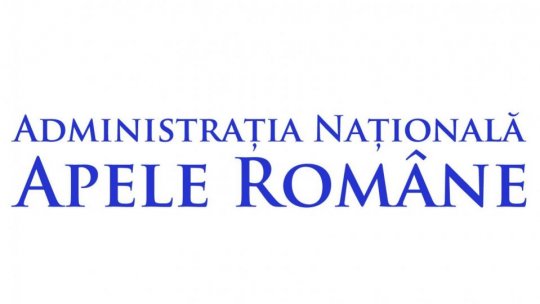Food additives “easier to identify”
The European Commission has adopted two pieces of legislation which will regulate the use of food additives starting from 2013. The use of food additives in certain food categories will be forbidden.

Articol de Ioana Dogaru, 15 Noiembrie 2011, 11:58
Starting with 2013 the use of food additives in foodstuffs will become safer and more transparent than it already is due to two legislative acts adopted by the European Commission.
The two pieces of legislation include new lists with food additives approved for use in foods and food ingredients, which will permit consumers to identify them easier, according to the European Commission.
The first list contains food additives used in foods and will come into effect in June 2013.
This list will allow consumers, food business operators and control authorities to easily identify which additives are approved for use in a particular foodstuff, according to a press release issued by the European Commission.
The second list contains the food additives used in food ingredients, such as such as other additives, enzymes, flavourings and nutrient, and will come into effect 20 days after its publication in the Official Journal of the European Union.
The new list makes it obvious, for instance, that in some food categories the authorised additives are very limited or even not allowed at all.
This is the case, for instance, for unflavoured yoghurt, butter, compote, pasta, simple bread, honey, water and fruit juice.
In other categories, usually those concerning highly processed foodstuffs – such as, for example, confectionary, snacks, sauces and flavoured drinks – a large number of additives are authorised.
Re-evaluation of additives
In March 2010, the European Commission adopted a programme for re-evaluating all authorised food additives.
The European Food Safety Authority (EFSA) must re-evaluate all food additives by 2020.
Re-evaluation is prioritised on the basis of when a food additive was last evaluated, the
availability of new scientific information, the extent of use of a food additive and the human
exposure to it.
Food colours are first on the priority list. Seventeen colours have already been re-evaluated. For three of them, the Commission has already proposed revised use levels













